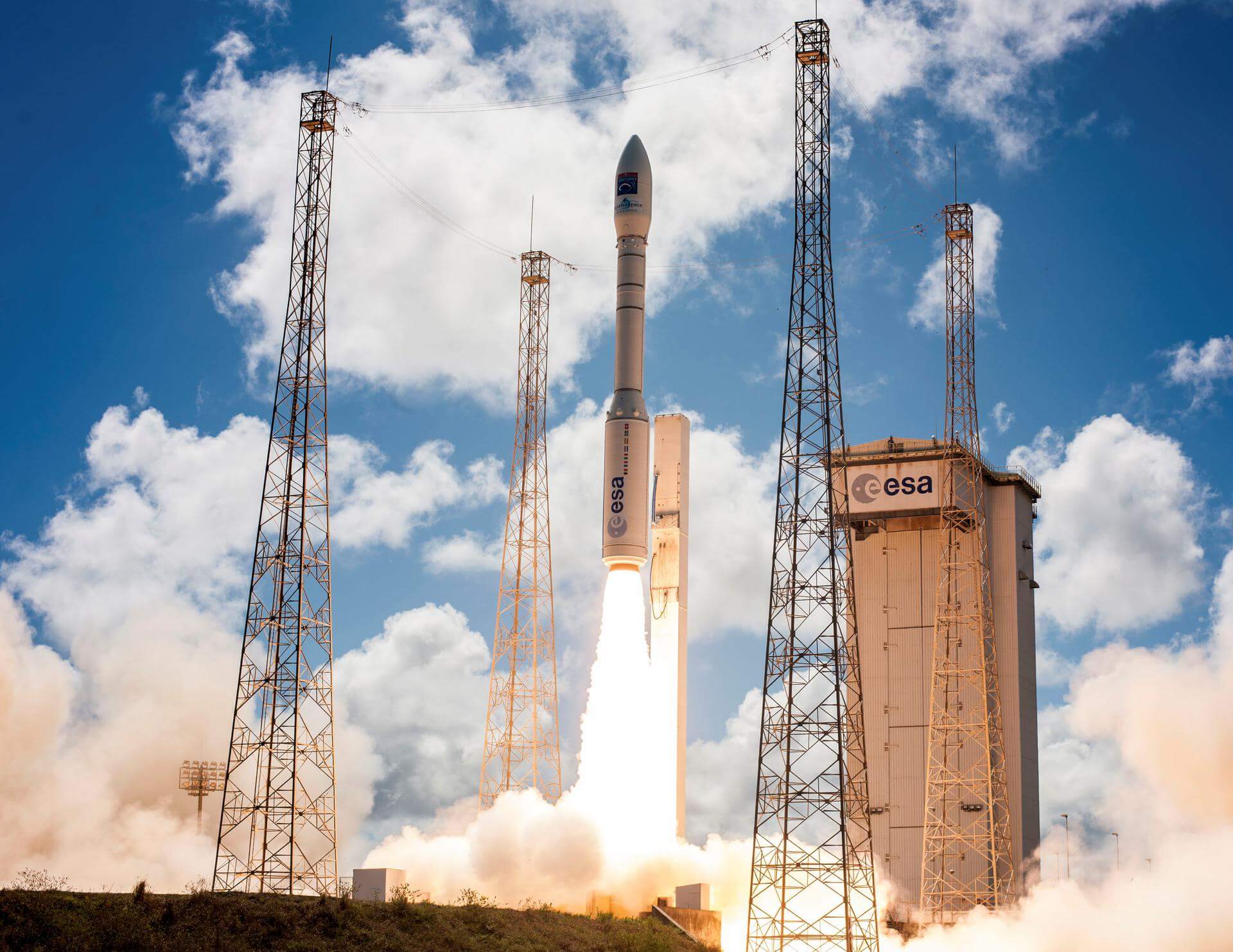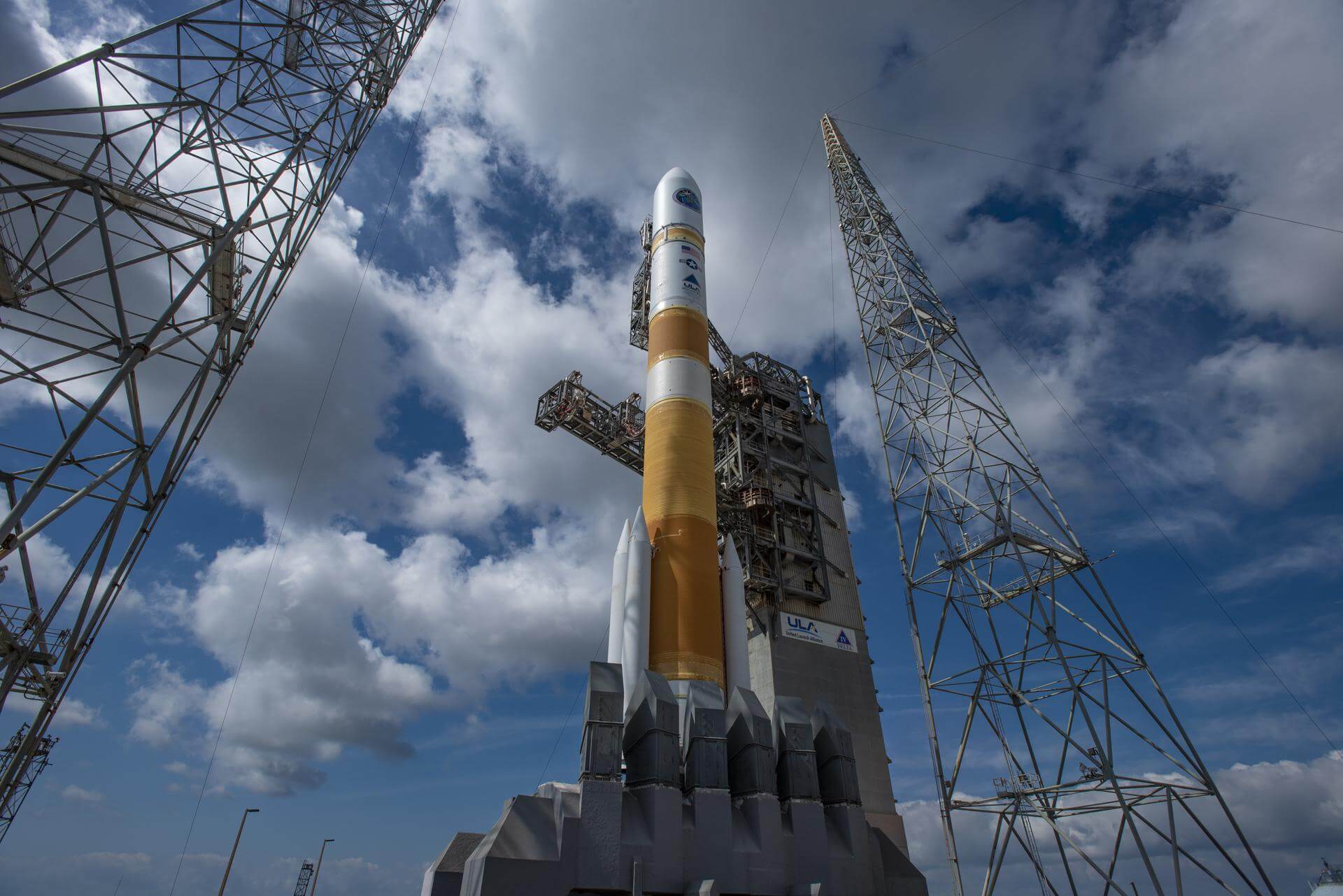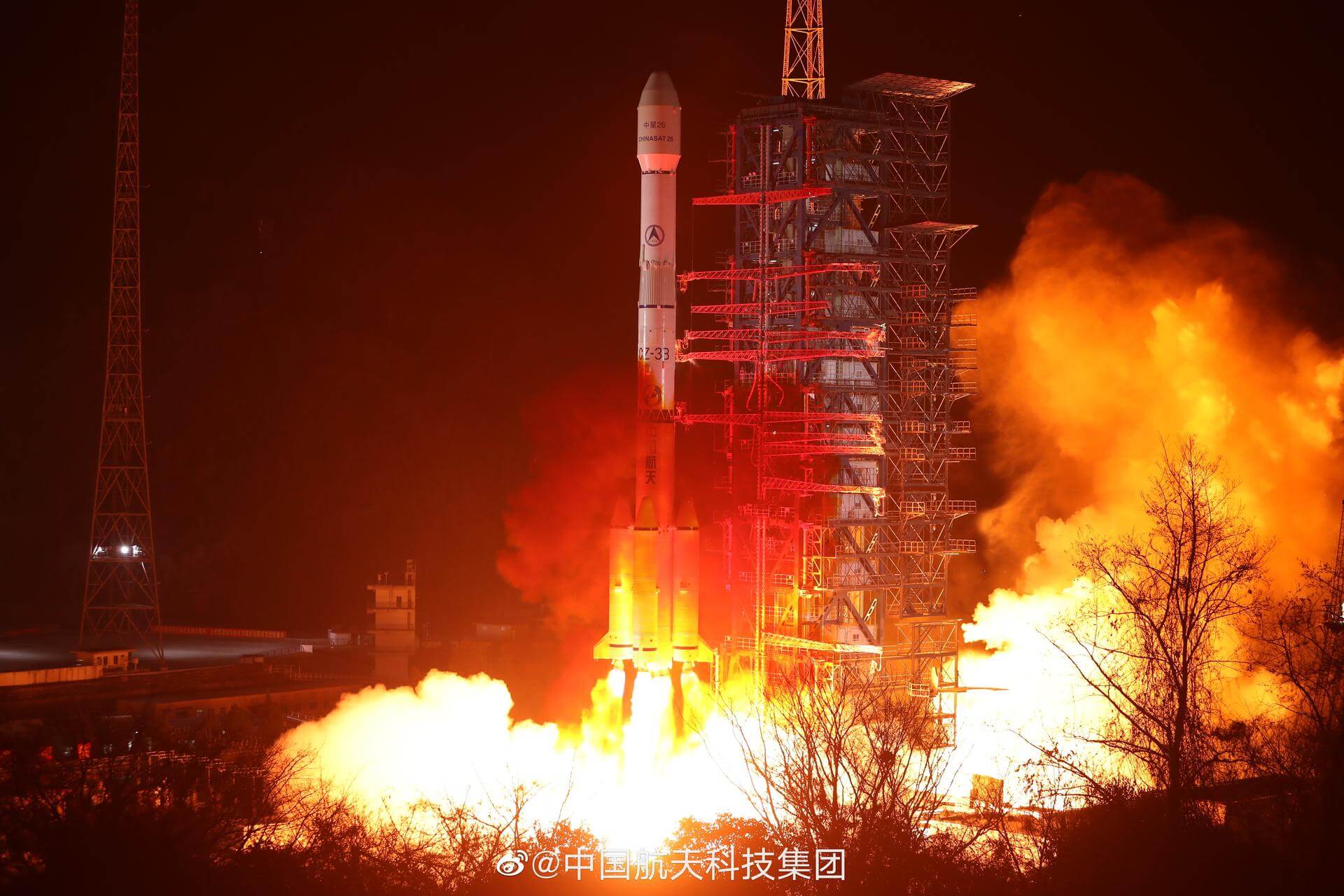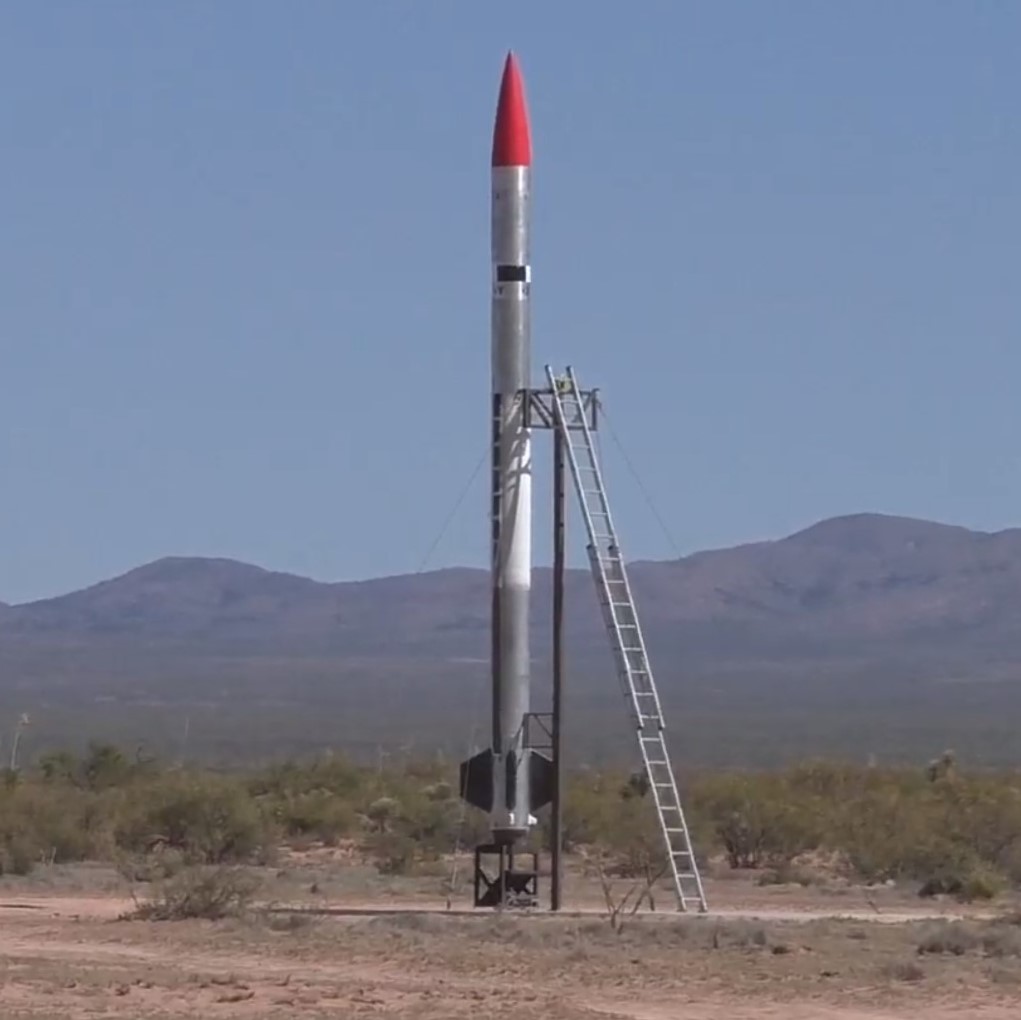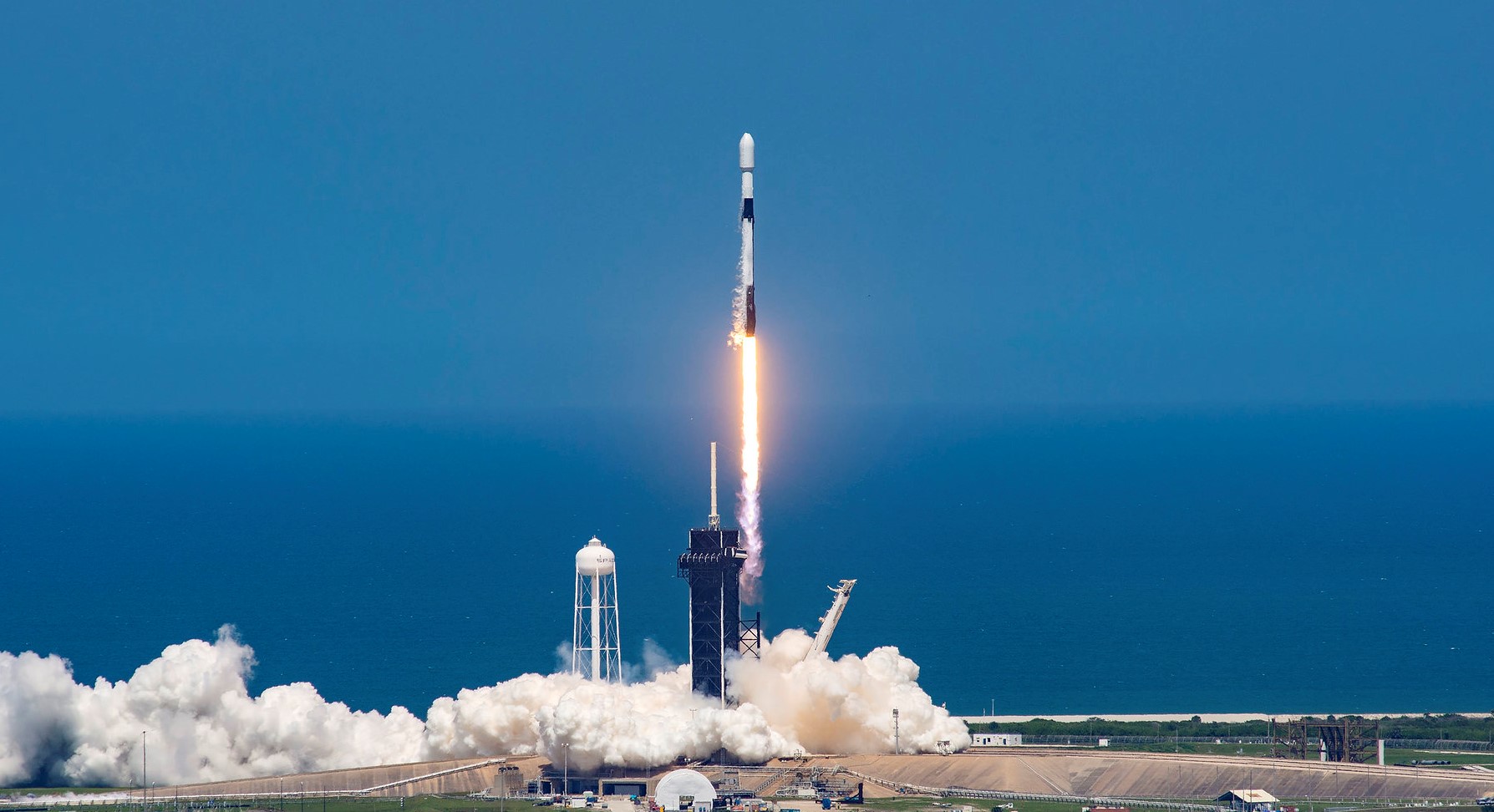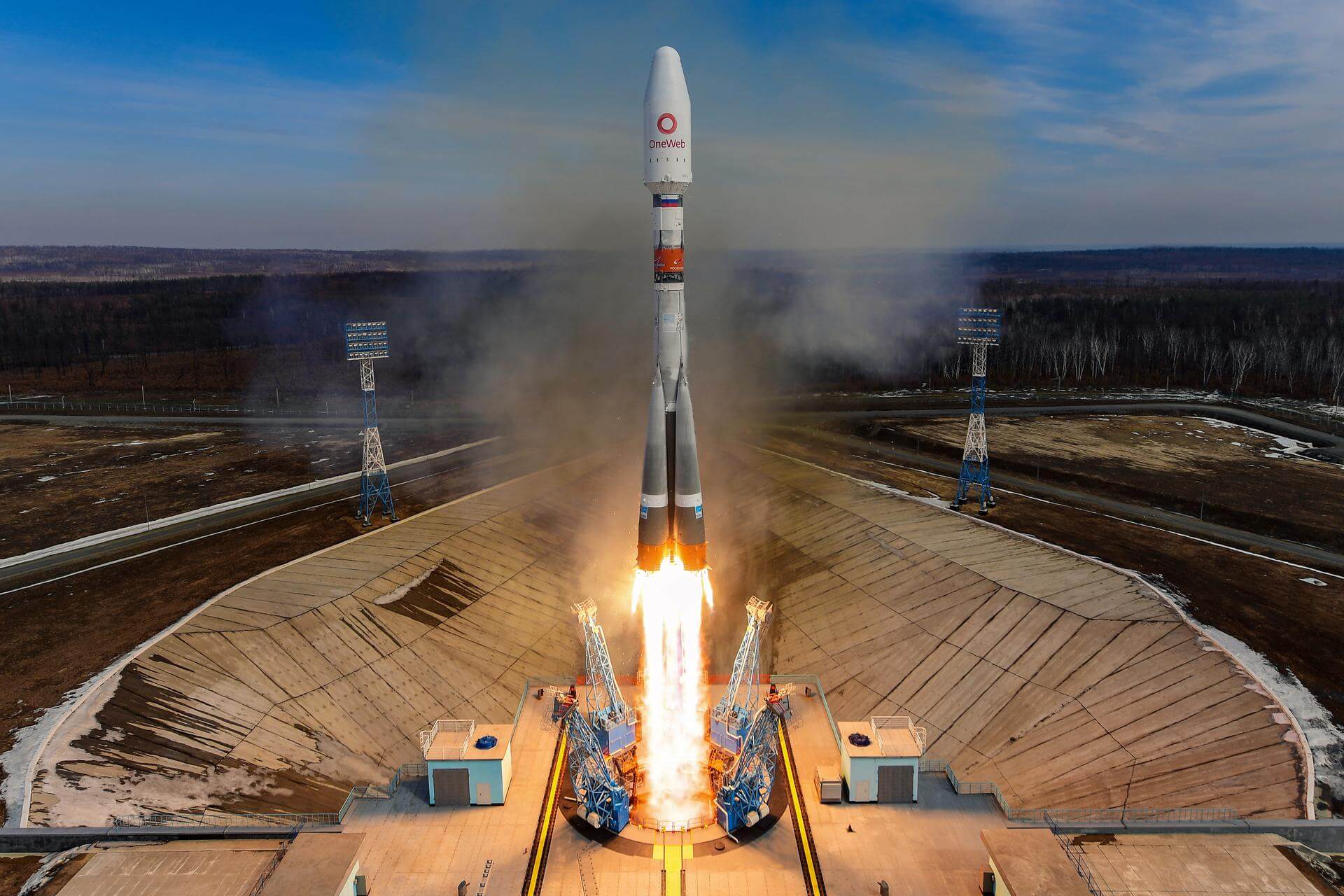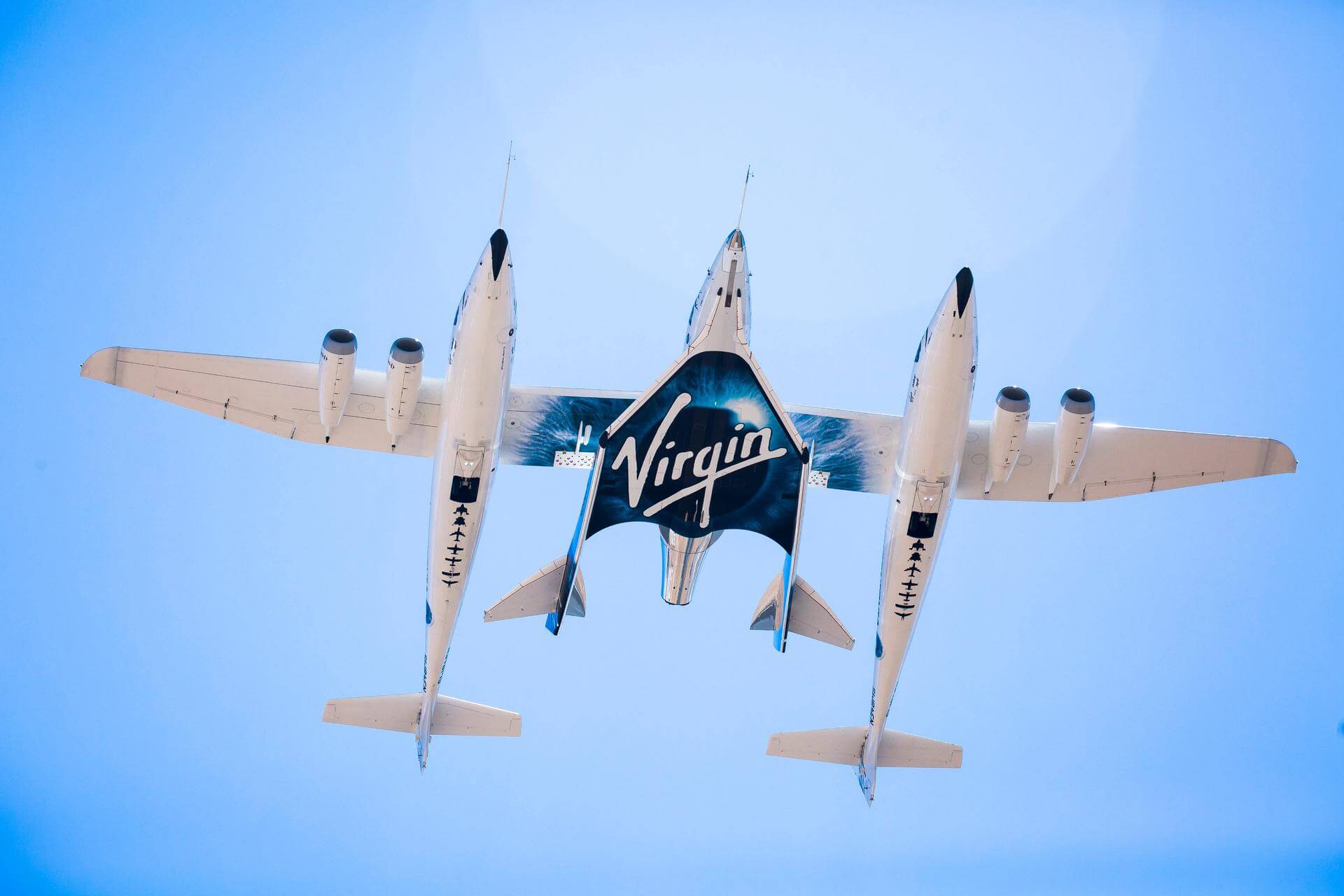Previous Spaceflight Launches
Filter by Agency, Locations or Vehicles
Show All LaunchesOS-M1 | Lingque-1B
OneSpace | ChinaJiuquan Satellite Launch Center, People's Republic of China
March 27, 2019, 9:39 a.m.
Vega | PRISMA
Avio S.p.A | ItalyGuiana Space Centre, French Guiana
March 22, 2019, 1:50 a.m.
Status: Launch Successful
Mission:
PRISMA (PRecursore IperSpettrale della Missione Applicativa) is a medium-resolution hyperspectral imaging mission of the Italian Space Agency ASI. The mission can provide a unique contribution to the observations of natural resources and in the study of key environmental processes
Sun-Synchronous Orbit #VV14Delta IV M+(5,4) | WGS-10
United Launch Alliance | United States of AmericaCape Canaveral SFS, FL, USA
March 16, 2019, 12:26 a.m.
Status: Launch Successful
Mission:
WGS-10 is the tenth and final satellite in Wideband Global Satcom constellation. These are high-capacity military communications satellites providing vital service for tactical forces who rely on WGS for connectivity to the Defence Information Systems Network (DISN).
Geostationary Transfer Orbit #WGS10Soyuz-FG | Soyuz MS-12
Progress Rocket Space Center | RussiaBaikonur Cosmodrome, Republic of Kazakhstan
March 14, 2019, 7:14 p.m.
Status: Launch Successful
Mission:
Soyuz MS-12 begins expedition 59 by carrying Roscosmos cosmonaut Aleksey Ovchinin, NASA astronauts Christina Hammock Koch and Nick Hague to the International Space Station. After launching from the Baikonur Cosmodrome in Kazakhstan, they will rendezvous to the station where they will remain for their 6 month stay.
Low Earth OrbitLong March 3B/E | Zhongxing 6C (Chinasat 6C)
China Aerospace Science and Technology Corporation | ChinaXichang Satellite Launch Center, People's Republic of China
March 9, 2019, 4:28 p.m.
SARGE | Launch 2 - "Mission 1"
EXOS Aerospace | United States of AmericaSpaceport America, NM, USA
March 2, 2019, 4:45 p.m.
Status: Launch was a Partial Failure
Mission:
The SARGE rocket carried several small research payloads and was intended to reach a peak altitude of 80 kilometers. It only reached a peak altitude of about 20 kilometers before gliding back to a landing about 1.2 kilometers from the launch pad.
Suborbital SARGE 1 - Flight Proven ( ) Spaceport AmericaFalcon 9 Block 5 | SpX-DM1 (Demonstration Mission 1)
SpaceX | United States of AmericaKennedy Space Center, FL, USA
March 2, 2019, 7:49 a.m.
Soyuz STB/Fregat | OneWeb 1 (F6)
Progress Rocket Space Center | RussiaGuiana Space Centre, French Guiana
Feb. 27, 2019, 9:37 p.m.
Status: Launch Successful
Mission:
OneWeb satellite constellation is intended to provide global Internet broadband service for individual consumers. The constellation is planned to have around 720 microsatellites, around 150 kg each, operating in Ku-band from low Earth orbit. Eventually it can be expanded to include extra 1260 satellites, for a total of 1980.
Polar Orbit #VS21SpaceShipTwo | VSS Unity VF-01
Virgin Galactic | United States of AmericaAir launch to Suborbital flight
Feb. 22, 2019, 4:57 p.m.
Falcon 9 Block 5 | Nusantara Satu & GTO-1 (Beresheet, S5)
SpaceX | United States of AmericaCape Canaveral SFS, FL, USA
Feb. 22, 2019, 1:45 a.m.
Status: Launch Successful
Mission:
Spaceflight’s first mission beyond Lower Earth Orbit (LEO) and its first combined launch with SSL. Consists out lunar lander called Beresheet (Hebrew for in the beginning) and AFRL’s S5 satellite.
Lunar Orbit B1048 - Flight Proven ( ) Of Course I Still Love You
